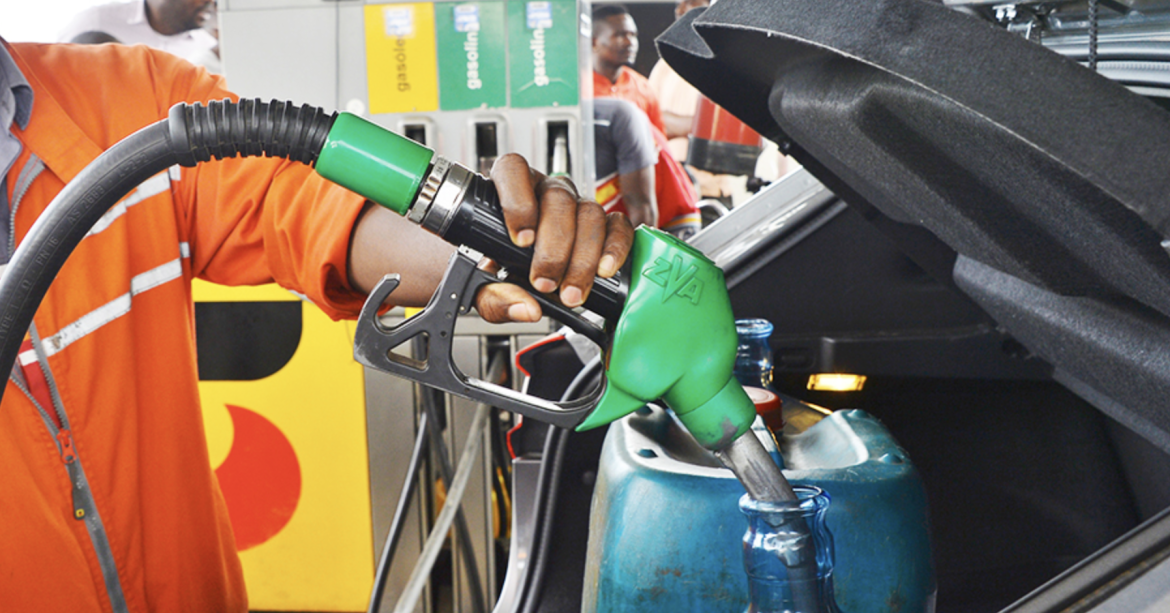Angola is making strong progress in reducing its oil-backed debt to China, with government officials saying the total could drop to between $7.5 billion and $8 billion by the end of 2025.
This was disclosed on Wednesday, July 24, by Mr. Dorivaldo Teixeira, Director of the Debt Management Unit at Angola’s Ministry of Finance, in an interview with Reuters.
He explained that all the country’s remaining loans tied to oil are now concentrated in agreements with China. The government, he said, has been gradually reducing these obligations over the years.
“All debt collateralised by oil revenues is concentrated in agreements with China, which have been gradually reduced,” he said.
This development is part of a bigger plan by the Angolan government to move away from risky borrowing practices and find more stable, transparent ways to fund its development.
Moving Away from Oil-for-Loans Deals
For over two decades, Angola depended heavily on oil-backed loans, especially from Chinese lenders. These loans were popular in the 2000s and early 2010s as Angola swapped oil exports for cash and infrastructure projects.
China helped build roads, railways, hospitals, housing estates, and other projects under the “resources-for-infrastructure” model.
While these deals helped rebuild Angola after years of civil war, they also left the country vulnerable. Because the loans were repaid with oil shipments, Angola’s debt repayments depended on oil prices, which often fluctuate.
When oil prices dropped, the government struggled to keep up with repayments, leading to fiscal pressure and mounting debt.
Now, Angola is moving to cut down these oil-collateralised loans and rebalance its entire debt structure.
IMF and Others Praise Angola’s Efforts
Angola’s shift in debt management has received praise from international financial bodies, including the International Monetary Fund (IMF).
The IMF has commended Angola’s commitment to fiscal reforms, debt restructuring, and greater transparency in managing public finances.
In recent years, Angola has worked with various multilateral lenders and development banks to secure more flexible loans with better terms.
These new loans are not tied to oil exports, which gives the government more room to manage its economy — especially as global demand for oil becomes uncertain due to the rise of renewable energy and climate change policies.
Building a Stronger Economy
Angola, one of Africa’s biggest oil producers, is also trying to reduce its heavy dependence on crude oil, which makes up over 90% of export revenue.
The government has introduced reforms to diversify the economy, with more investments in agriculture, tourism, mining, banking, and manufacturing.
By reducing oil-linked debt, the country is expected to free up more resources for development, boost investor confidence, and shield the economy from future oil price shocks.
Mr. Teixeira said the Ministry of Finance is committed to keeping debt at sustainable levels while continuing efforts to attract investment from non-oil sectors.
What This Means for the Future
If the oil-backed debt to China is successfully reduced to $7.5–$8 billion by 2025, it will mark a major turning point for Angola.
It means less pressure on the country’s oil reserves and more flexibility in managing public funds.
With the global energy market changing rapidly, Angola’s move comes at the right time — when countries are being encouraged to prepare for a post-oil economy.
The gradual withdrawal from oil-collateralised loans will also help Angola strengthen its credit rating, improve public service delivery, and give its economy a better chance of long-term stability.
